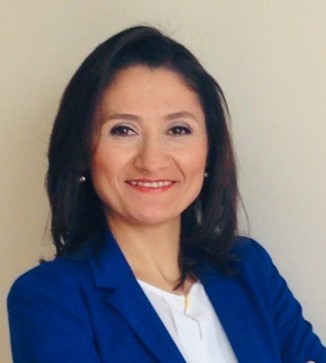
Assoc. Prof. Derya YILMAZ
About the Speaker
Derya YILMAZ received her PhD degree from Gazi University in 2008 with the thesis titled of “Detection of Flow Diseases in Vessels Using Chaos Theory”. She had been working as an assistant professor at Başkent University, Electrical and Electronics Engineering Department, until April 2021. She is currently an associate professor at the Department of Electrical and Electronics Engineering, in Gazi University, she is also the vice-chair. Her interest areas are biomedical signals and systems, signal processing, chaotic analysis, machine learning, data compression.
About the Speech
Sleep disorders impair the quality of life of individuals, increase the risk of cardiovascular diseases, cause psychiatric and metabolic problems, and carry a risk of death during sleep. Obstructive Sleep Apnea (OSA) is one of the most common sleep disorders. Although various clinical, radiological, or endoscopic methods are recommended for the diagnosis of OSA, Polysomnography is used as the gold standard method. The diagnosis of OSA is performed in sleep laboratories that are far from responding to the potential number of patients, by recording many physiological signals during a night’s sleep from patients and scoring these recordings. Polysomnography has some disadvantages such as high cost, the inability of patients to sleep comfortably in the hospital environment, and long diagnosis time. Considering these disadvantages, the detection of OSA by analysis of speech/voice signals is focused on as an alternative to Polysomnography. In recent years, some scientific studies and patents that are trying to detect OSA caused by problems in the structures on the vocal tract, by using short-term speech/voice recordings obtained from patients who are awake have started to be seen.
In this speech, approaches used in studies for detecting OSA through speech/voice signal analysis are evaluated. The scope of the speech involves information about the voices produced by the vocal tract structures/muscles (posterior palate, soft palate, uvula or tongue root) that droop as a result of deformation and obstruction airway in OSA patients, a summary of the methods used in the literature and, assessments on the focus of future studies in this field.


 Turkish
Turkish